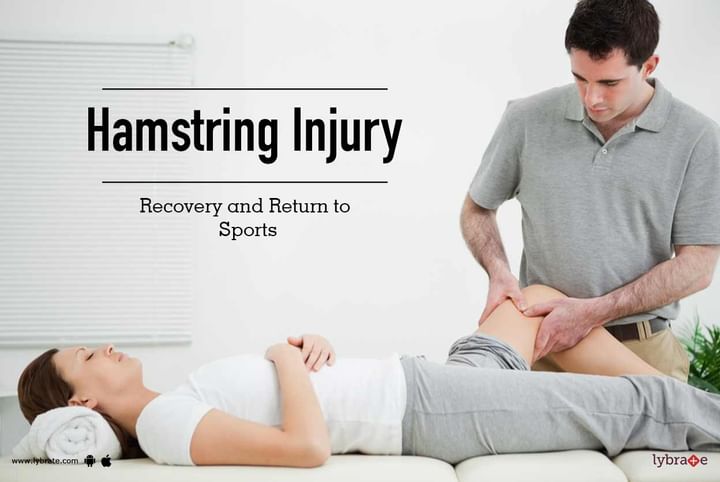Hamstring Injury Recovery and Return to Sports
From marathon runners to footballers, amongst athletes, 'pulling a hamstring' is the most common type of injury. The hamstring is a group of four muscles at the back of your thigh. When one of these muscles gets overloaded or begins to tear, it is known as a hamstring injury. While a hamstring injury is painful, it does not indicate the end of an athlete's career.
Minor hamstring injuries may heal by themselves. In cases where one of the muscles is torn, surgery is required to repair and reattach the muscles. Recovery time depends on the severity of the injury. Stretching and exercising the muscles of the leg are the most important parts of rehabilitation. The healing of a hamstring injury can be divided into four stages.
- Acute phase: The first five days after a hamstring injury is known as the acute phase of rehabilitation. The aim of treatment at this phase is to reduce inflammation and keep the other muscles from atrophy. For minor hamstring injuries resting the leg, using ice packs and keeping the leg elevated can accelerate the healing process. Once the pain and swelling has decreased, patients can use a cane or crutch to exercise the leg.
- Subacute phase: From the fifth day to the 3rd week after the injury, the focus of the treatment shifts from minimizing swelling to strengthening the leg and increasing the range of possible motions. At this time, an athlete can resume cardiovascular training. Swimming and other forms of aquatic training are said to be especially beneficial to the treatment of hamstring injuries.
- Remodeling phase: The remodeling phase continues upto 6 weeks after the injury. Strengthening the leg is the focus of this stage of treatment. Using ankle weights can be beneficial towards strengthening the leg muscles. It is important to be careful about the weight being used and to gradually increase this weight to avoid an added injury.
- Functional stage: This stage can last upto 6 months until the athlete can regain full function of his or her leg. As the athlete's gait gets back to normal, they may start jogging and short sprints. Gradually, more sport specific exercises may be added to the workout.
There is no fixed time when an athlete can return to active sports after a hamstring injury. While players with minor injuries may return to the field after 3 weeks, athletes with muscles tears may take upto 6 months to recover completely. Hamstring injuries tend to reoccur and hence before they can get back to active sports, an athlete must pass an isometric strength test and flexibility test. This ensures that there are no subtle after effects of the injury that can increase the risk of a repeat injury.



+1.svg)
